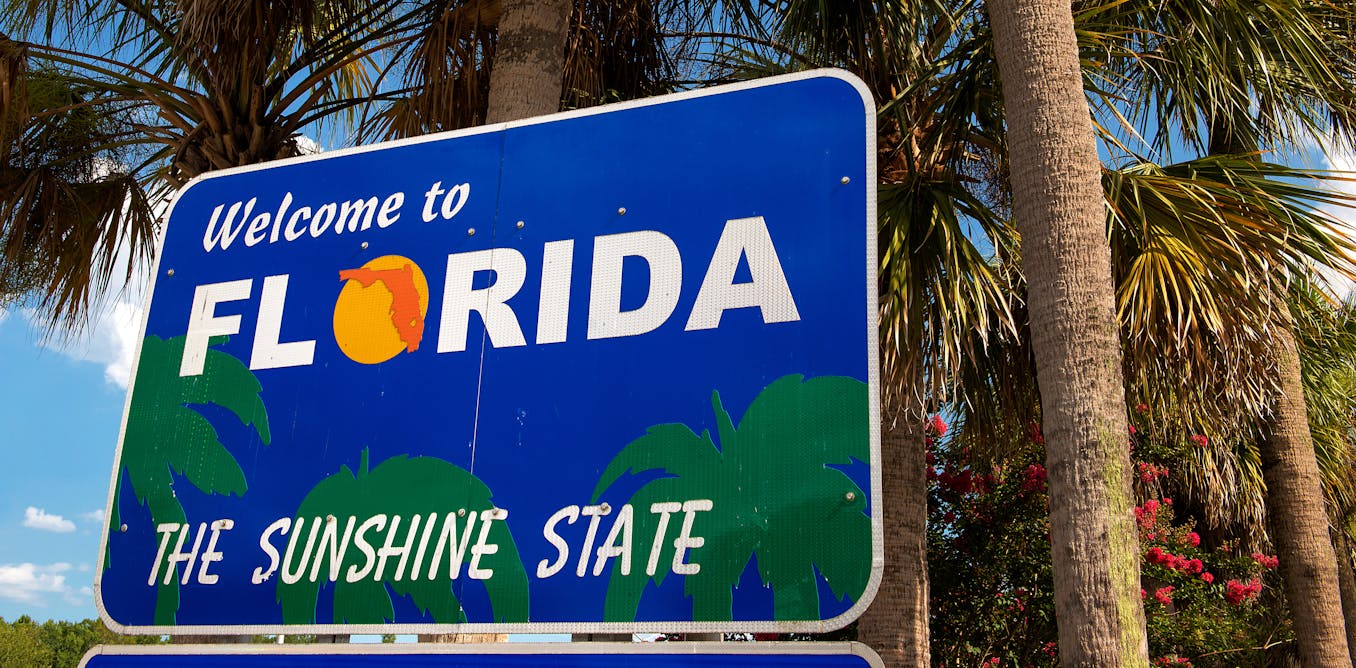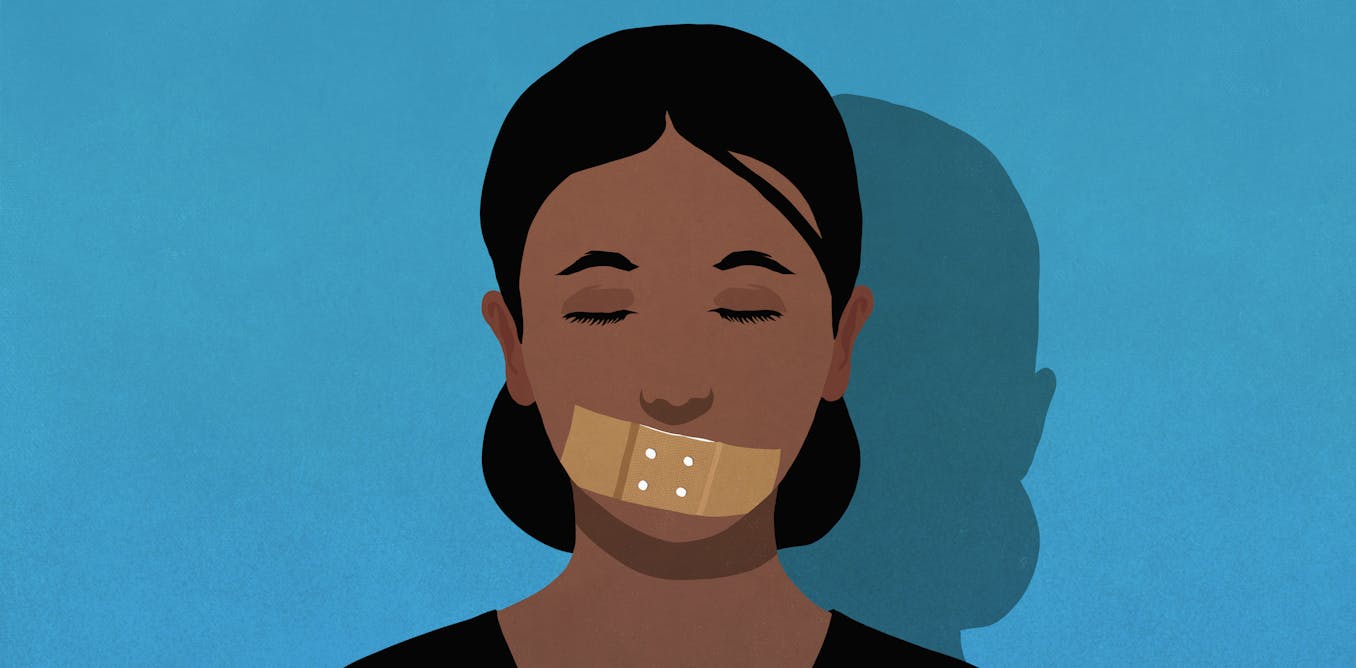As outside temperatures dropped to the low- to mid-teens Fahrenheit on Feb. 10, 2025, two children died of carbon monoxide toxicity in a family van parked in a Detroit casino parking garage.
We are political scientists who study urban and housing public policies, and in the months since this tragedy, we took a deep look at the trends in homelessness and housing policies that foreshadowed the events of that night.
More kids are experiencing homelessness
One important trend is that the number of homeless children in the city reached a record high in 2024. This is true even though the overall numbers of people experiencing homelessness in the city is declining overall.
According to the Point-in-Time count, 455 children were experiencing homelessness in Detroit on Jan. 31, 2024, up from 312 the year before. The count captures data for one night each year.
Most of these children were unhoused but considered sheltered because they had a place to sleep in an emergency shelter or transitional housing, or were able to temporarily stay with family or friends.
Nineteen of the kids were unsheltered – meaning they were sleeping in places not designed for human habitation, like cars, parks or abandoned buildings.
A different set of data comes from the Detroit Public Schools. The district looked at the entire 2022-2023 school year and found that roughly 1 in 19 students were unhoused at some point during that nine-month period — more than double the number in the 2019-2020 school year.
A lack of temporary solutions
The lack of adequate funding and staffing in the city’s shelter system means unhoused people often struggle to access temporary shelter beds.
That includes kids. Even though the city prioritizes giving beds to the most vulnerable, the number of unsheltered children of school age has nearly tripled in three years, rising from an estimated 48 in the school year beginning in September 2019 to 142 in the school year beginning in September 2022. These figures align with the rise in unsheltered children recorded in the one-night Point-in-Time count, which increased from four in 2016 to 19 in 2024.
The end of COVID-era funding that prevented many evictions is likely to increase the need for shelter and put additional strain on Detroit’s response to the crisis.
Gaps in a vital system
Children who experience housing insecurity are often caught in the middle of bureaucracy and failed regulation.
The mother of the children who died in February had reached out to the city in November 2024 when they were staying with a family member. The mother noted that she wanted to keep all five of her children together.
According to a report issued by the city, the Detroit Housing Authority did not follow up with her. Her situation was not considered an emergency at the time of contact since she was sheltered with family.
At the time of the call, the family was a Category 2: immediate risk of homelessness – in other words, not the highest priority under the emergency shelter grants guideline. If the city had deemed the situation an emergency, protocol would be to dispatch immediate support for the family.
The mother moved her family to the van after the request for help failed to provide a solution.
The Detroit mayor’s office admitted that the family fell through the cracks and promised to expand available shelter beds and require homeless outreach employees to visit any unhoused families that call for help.
“We have to make sure that we do everything possible to make sure that this doesn’t happen again,” Deputy Mayor Melia Howard told local media.
More than 8 in 10 placed on wait list
According to records from the Coordinated Assessment Model Detroit, the system responsible for connecting individuals to shelters, 82% of calls do not result in immediate help but rather being placed on a shelter waitlist. Similar to instances across the country, the wait time is long.
Families in Detroit face an average wait of 130 days, while unaccompanied youth typically wait around 50 days.
The long wait for shelter has contributed to the rise in people living on the streets or in their vehicles. The number of unsheltered individuals — including both adults and children — doubled from 151 in 2015 to 305 in 2024. This trend of increasing unsheltered homelessness contrasts with the overall decline in the total number of homeless people in the city, which is down from a peak of 2,597 in 2015.
Children need safety and security to thrive.
Their access to stable housing depends on their parents and what the adults in their life are able to provide. As rents increase in the city, some children are left vulnerable.
Stricter regulations
Over the past decade, Detroit, like many other U.S. cities, has experienced rising housing costs while wages fail to keep up, particularly for long-term residents.
Since 2021, the number of rentals in the city has increased by 51%.
Rents are also up. Since 2017, the average rent in Detroit has increased 55% for single-family homes and 43% for multifamily homes.
While inflation and increased maintenance costs contribute to this rise, stricter rental regulations like the heightened enforcement of housing codes, expanded tenant protections and higher compliance cost for landlords have played an important role.
Some landlords pass the expense of these regulations on to tenants, making housing less affordable. Others leave their properties vacant, pushing up prices by lessening the supply.
The current average fair market rent for a two-bedroom apartment in Detroit is $1,314 per month. For the typical household in the city, this basic shelter cost, not including utilities, makes up 41% of the household income.
For the lowest-income households, any unexpected expense can disrupt a delicate financial balance and lead to eviction and homelessness. Children in these situations often face major instability, moving between shelters – or, as in the case of the children who died in February, sleeping in cars.
This kind of displacement disrupts education, strains mental health and increases exposure to danger.
Detroit’s stricter housing regulations may have improved conditions for some renters, but a report by Outlier Media shows that only 8% of landlords are in compliance, leaving legacy residents in subpar rentals at higher prices.
And these new rules have victims who are too often ignored until tragedy strikes.




